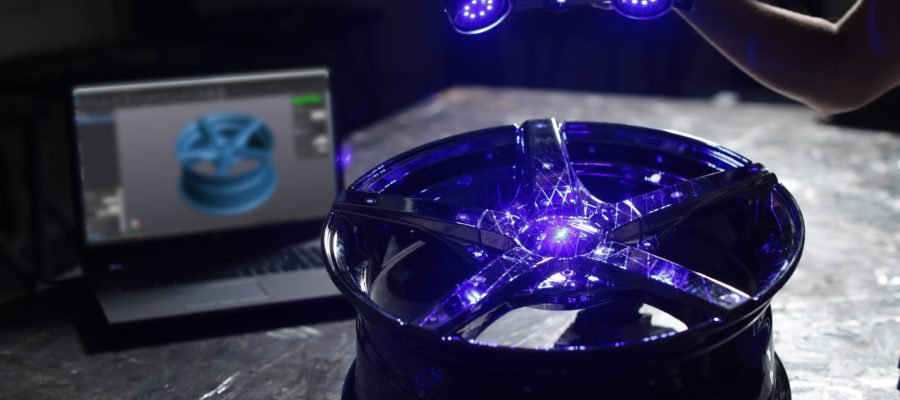3D scanning software interprets the data collected through a portable or stationary 3D scanner. Your manufacturing, engineering, design, development, and QC processes can all benefit from the tools provided by the software. Those benefits include faster turnaround times at each step, better product quality and lower development and manufacturing costs.
How 3D Scanning Software Improves Product Design, Development & Manufacturing
3d scanners are highly accurate, can measure the finest details and can scan objects of different sizes. But it’s the software that lets you put the data to work.
Reverse Engineering
Reverse engineering is one of the most valuable applications of 3D scanning and additive manufacturing. Post-treatment software, including VXmodel, lets you finalize the 3D scan data. You can then use the data directly in a 3D print, or in your CAD applications. VXmodel lets you prepare 3D scan mesh for reverse engineering and/or 3D printing, adjust 3D models, generate NURBS surfaces and transfers data to CAD apps.
Quality Control
Intuitive and powerful software, like VXinspect, has the versatility and features to streamline and optimize your QC process. VXinspect seamlessly integrates probing, 3D scanning and photogrammetry measurements. The result is a multiple measurement mode, which combines with CAD import, 3D alignment and geometric dimensioning and tolerancing, for unparalleled product inspection and QC outcomes.
Remote Scanning
The need to scan ‘on location can add to timelines and reduce the tools available at hand. But remote-access software for 3D scanning, including VXremote, lets you better visualize real-time scanned data, and alter parameters even when you are not in your lab or office. That makes it perfect for scanning large objects when the scan must be performed in close quarters, or in remote areas.
If you found this post helpful and would like to learn more about 3D scanning, check out our article “Stationary vs Handheld 3D Scanners: What are the Differences?“.
